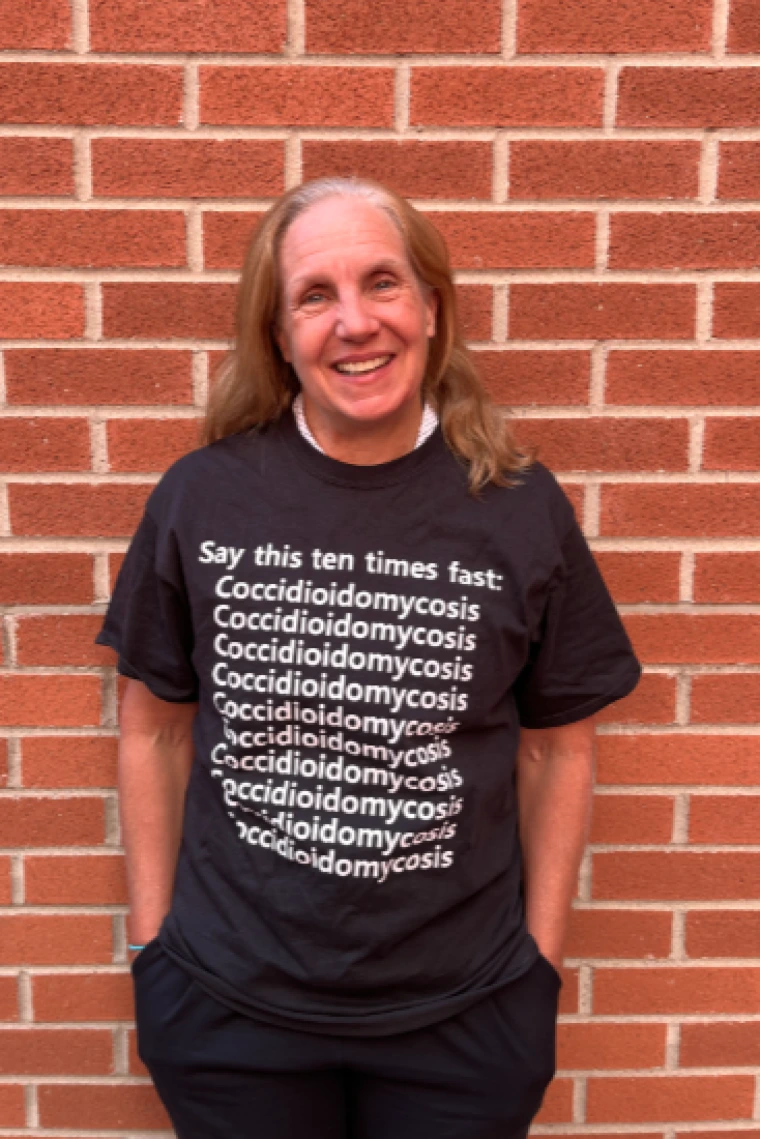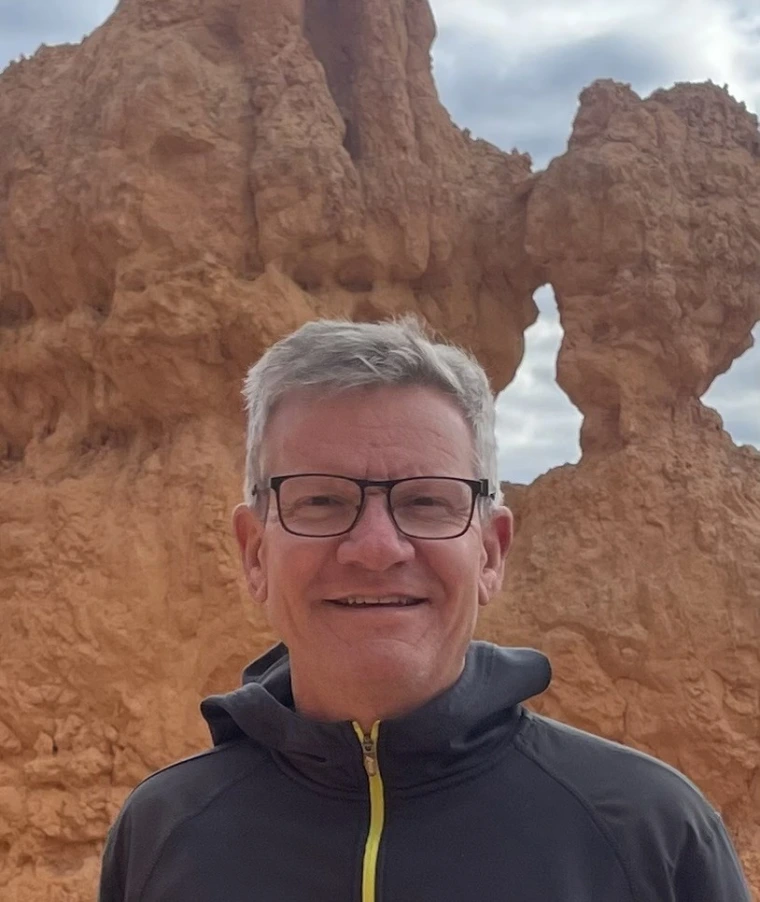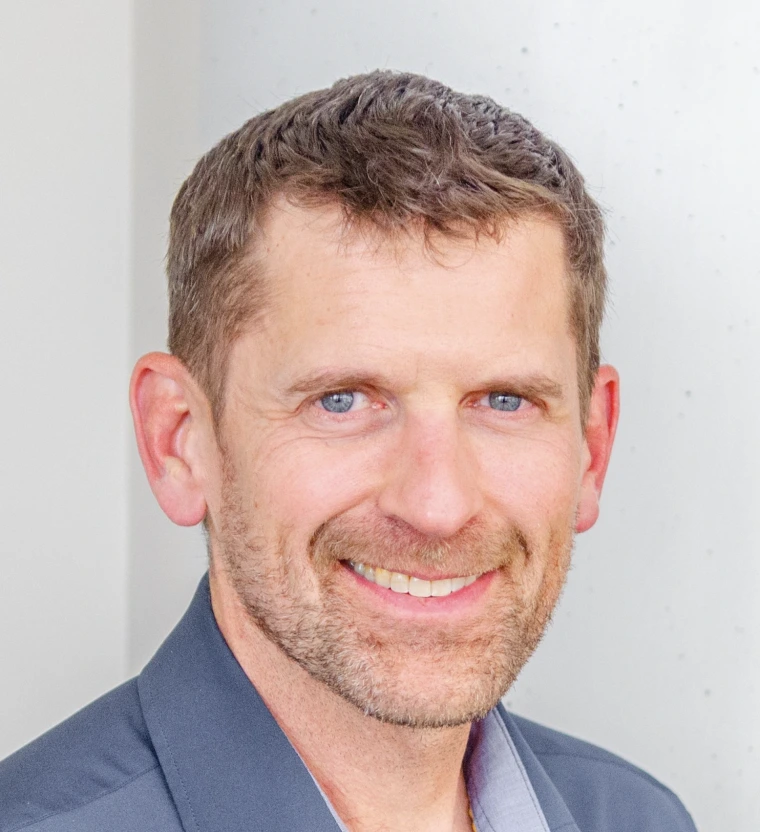A non-UA/non-Banner professional either authorized to be a principal investigator on a sponsored project at their institution or a practicing healthcare professional. Healthcare professional is broadly defined with respect to patient care, public health, or biomedical research.
VFCE Collaborative
Tirdad T. Zangeneh DO, FACP, FIDSA, FAST
Chief, Infectious Disease, Professor of Medicine, Department of Medicine - Phoenix Veterans' Administration
Director, Transplant and Immunocompromised Host Infectious Diseases Service
Michael Woods, PhD
Associate Professor of Pathology, Burrell College of Osteopathic Medicine
Assistant Dean of Pre-Clinical Education
Associate Dean of Academic Affairs









